 If you are a frequent visitor to iDigHardware, you know how important school safety and security are to me – and to many others in the security industry. You probably won’t find it hard to believe that a little tear leaked out when I read the memo from Alabama that was sent to me by Marian Brasher, one of Allegion’s architectural consultants.
If you are a frequent visitor to iDigHardware, you know how important school safety and security are to me – and to many others in the security industry. You probably won’t find it hard to believe that a little tear leaked out when I read the memo from Alabama that was sent to me by Marian Brasher, one of Allegion’s architectural consultants.
In recent years, many states have issued guidance on classroom locking procedures. Most of these guidelines follow the adopted building codes, fire codes, and accessibility standards – some do not. Given my job as manager, codes and resources, providing security without jeopardizing life safety, egress, fire protection, and accessibility are of critical importance to me. There are many products on the market today that can accomplish both safety and security – and some devices that may offer the perception of security but are not compliant with the model codes. It’s important to understand the benefits and risks of the various classroom security methods.
The State of Alabama has issued a memo to owners, architects, engineers, and contractors that addresses the requirements for securing classroom doors in compliance with the adopted codes for the state. Here is an excerpt from the memo:
While the devices being offered by various vendors and parent groups are perceived to provide additional security, they have the significant potential to facilitate unintended consequences when incidents of bullying, harassment, or physical violence take place wherein teachers or staff can be locked out of a classroom. These devices can prevent access by police and first responders and may delay egress in the case of emergencies such as a fire, or other forms of mayhem. There are existing solutions that are code compliant and therefore allow first responders access to a classroom in case of an emergency. Classroom doors must be able to be closed for safety and security, as well as opened when needed. Some of these devices will lock the intruder or more frequently a bully in the room with their victims.
Among the examples of non-code-compliant security locking devices pictured in the memo are three of the images created by a graphic artist to illustrate barricade device concepts:
There are a handful of states that allow classroom barricade devices that do not comply with the model code requirements for free egress, fire protection, and accessibility. But the majority of U.S. states mandate school security that is also safe – as required by their adopted codes. Kudos to the State of Alabama! If guidelines for classroom security have been issued by your state, I’d love to see them!
You need to login or register to bookmark/favorite this content.


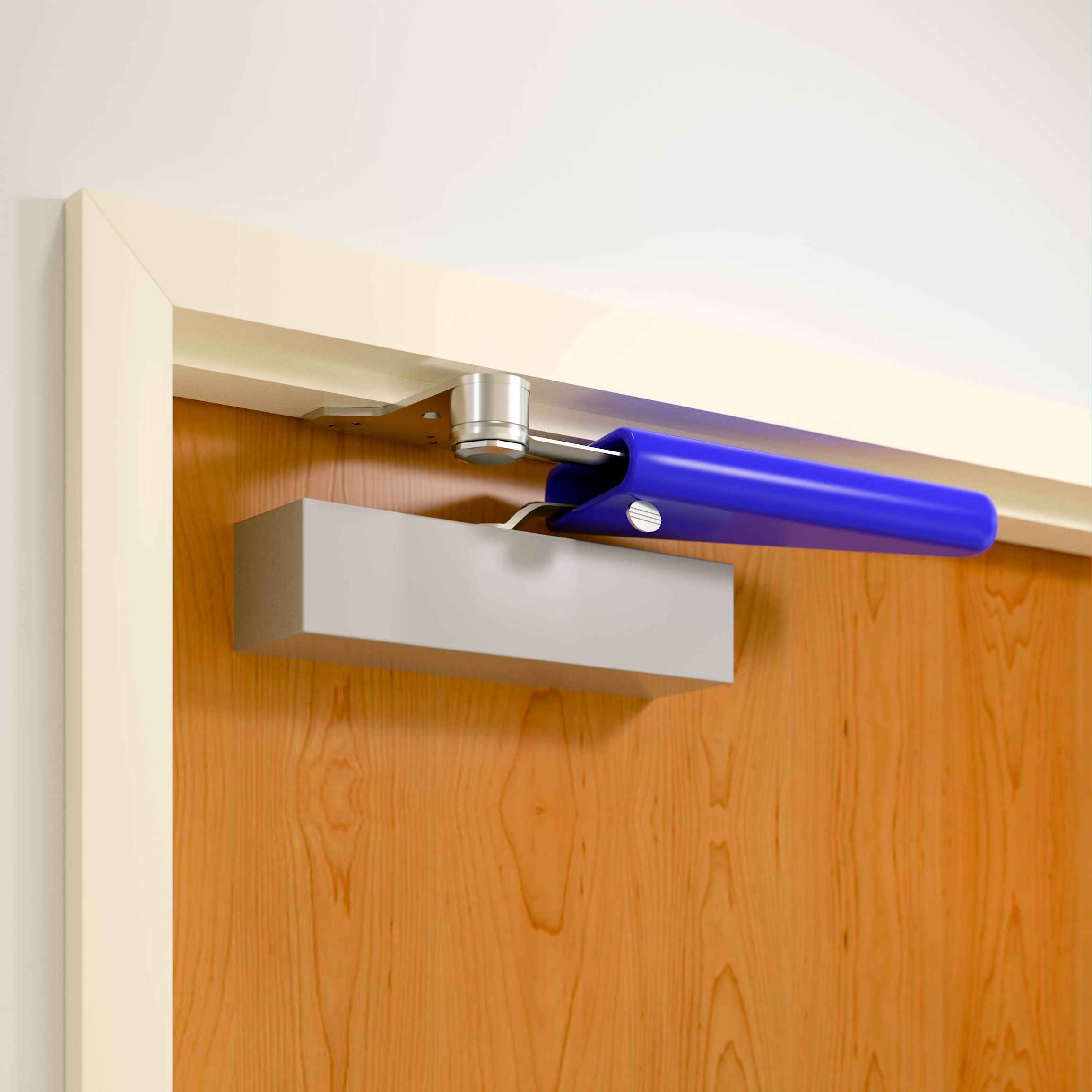
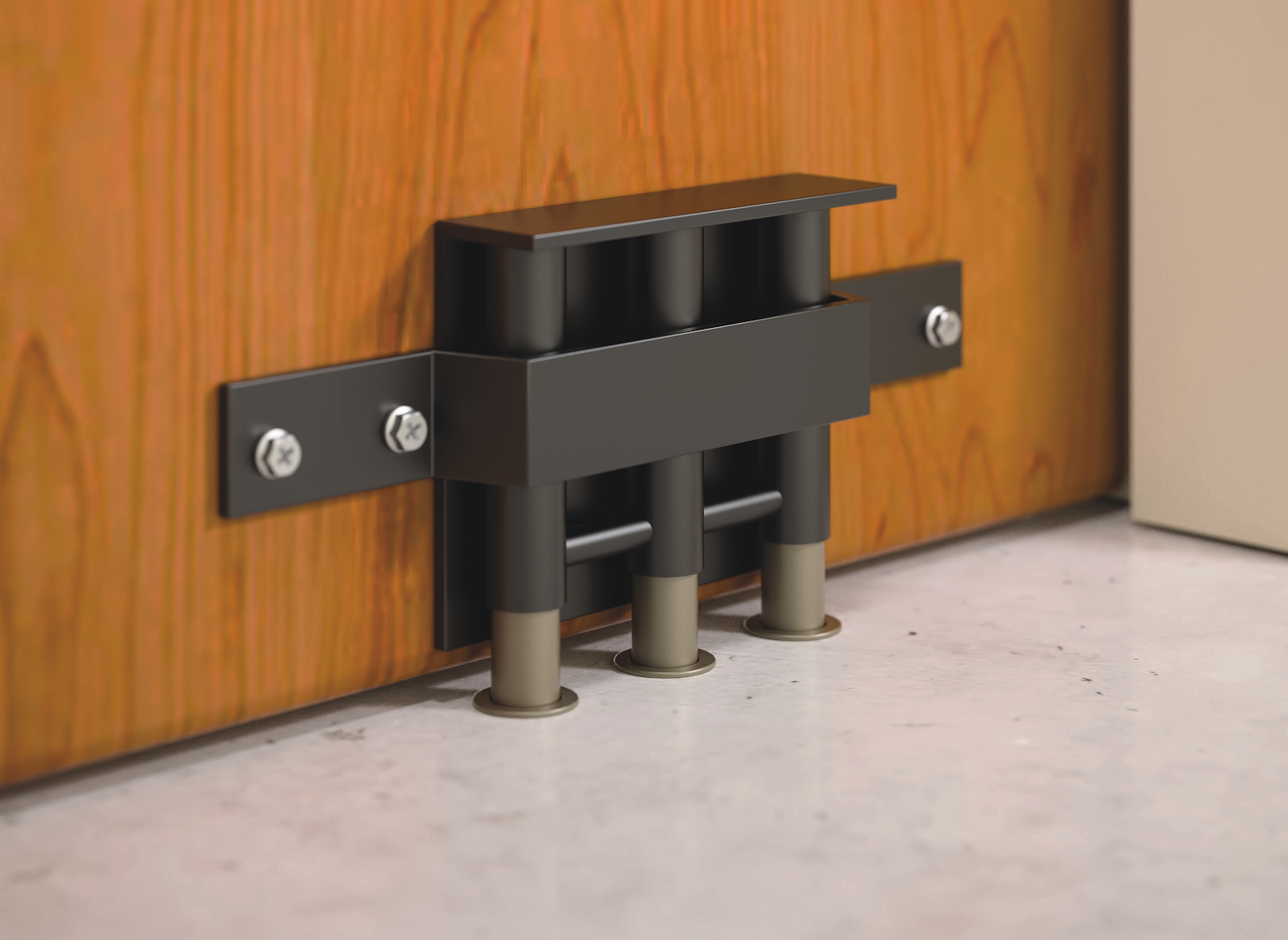
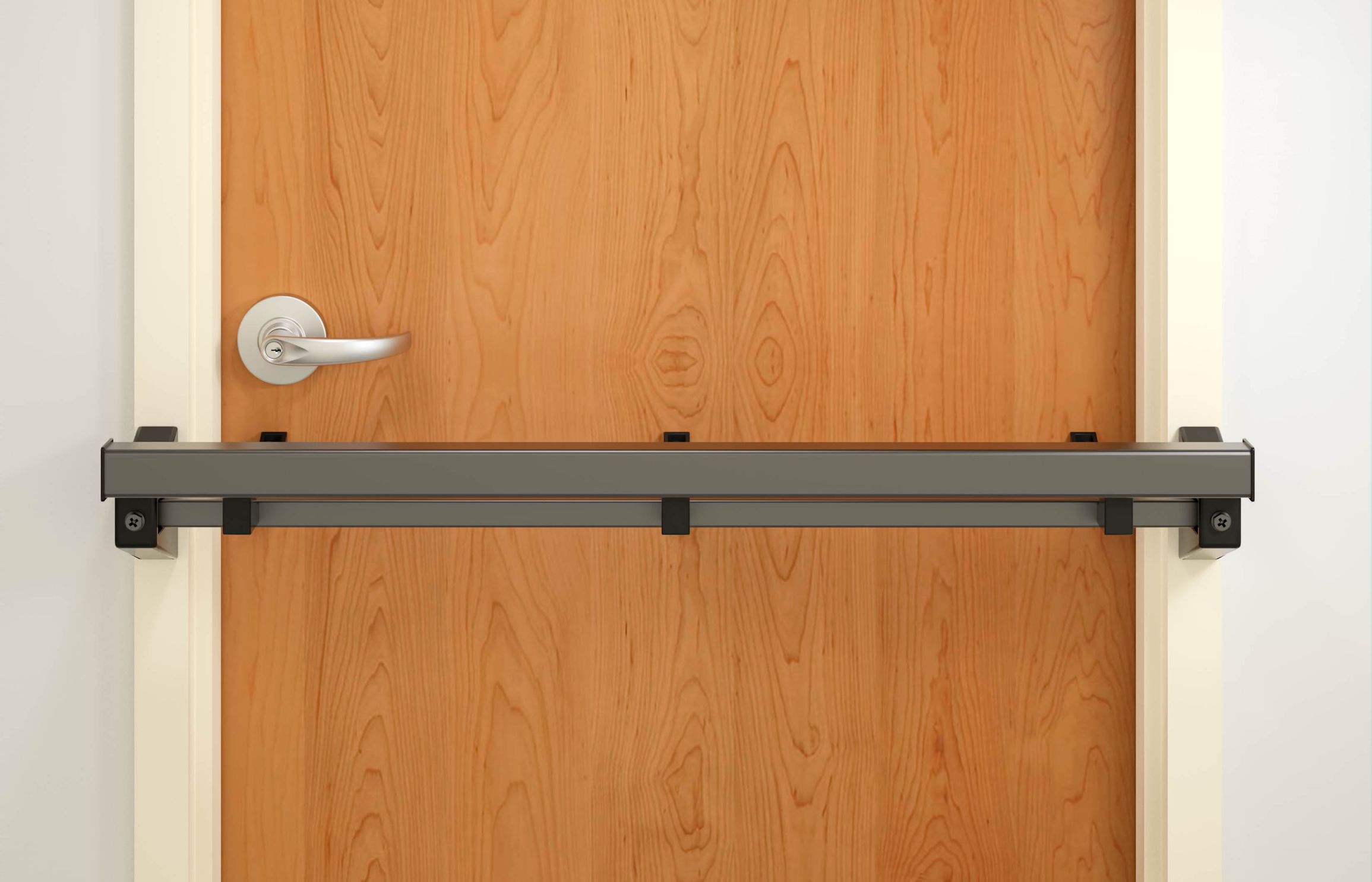
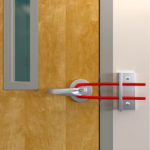
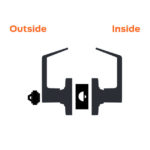
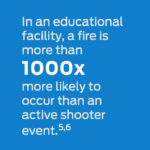
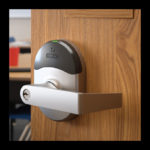




Go Bama!!! Roll Tide!!!
Great to see when someone does it right.
I know, right?
– Lori
Great article, Lori, thanks for posting! Applause to the State of Alabama. Too many quick-fix add-ons out there.
It made me so happy to see that someone actually “got it”!
– Lori
It’s nice to know that a STATE can have a realistic approach to classroom security and STILL be safe!! Nice to see some level-headed decisions!!
I completely agree!
– Lori
Somebody is listening!
I really really hope they are!!
– Lori
PLEASE let this become a National trend. Not only did they recognize the danger from emergency egress but also specifically address the threat of bullies created by knee jerk reactions.
Way to go Alabama
The selection of example images used makes me think someone in the department frequents IDH. 🙂
I think you might be right! It’s amazing to me how many AHJs visit the site! 😀
– Lori
THIS is fantastic – Solve One Problem Without Creating Another!
Stating how important access for emergency responders really helps to drive home the importance of code compliance.
We install the ND73 on every door when asked for a lock in the schools I help secure.
We’re adding card readers to entry openings to keep all entry points locked.
Alabama is doing this right. Hopefully all the districts will do it. Money is always a factor. Most places hardware is cut first to save money.
Finally!!!! Most time, all you hear about are the ones that are doing it wrong. Let this be an example to those jurisdictions that are debating this still. If they would just listen to the true “experts” in the field, this topic would be a mute point.
Thanks for posting this Lori.
You’re welcome! I’m still misty about it! 🙂
– Lori